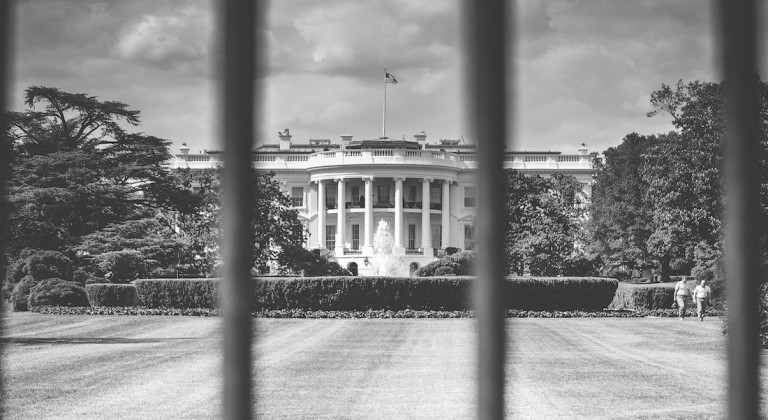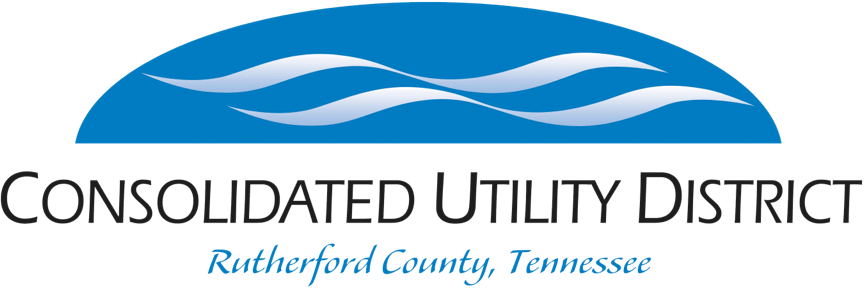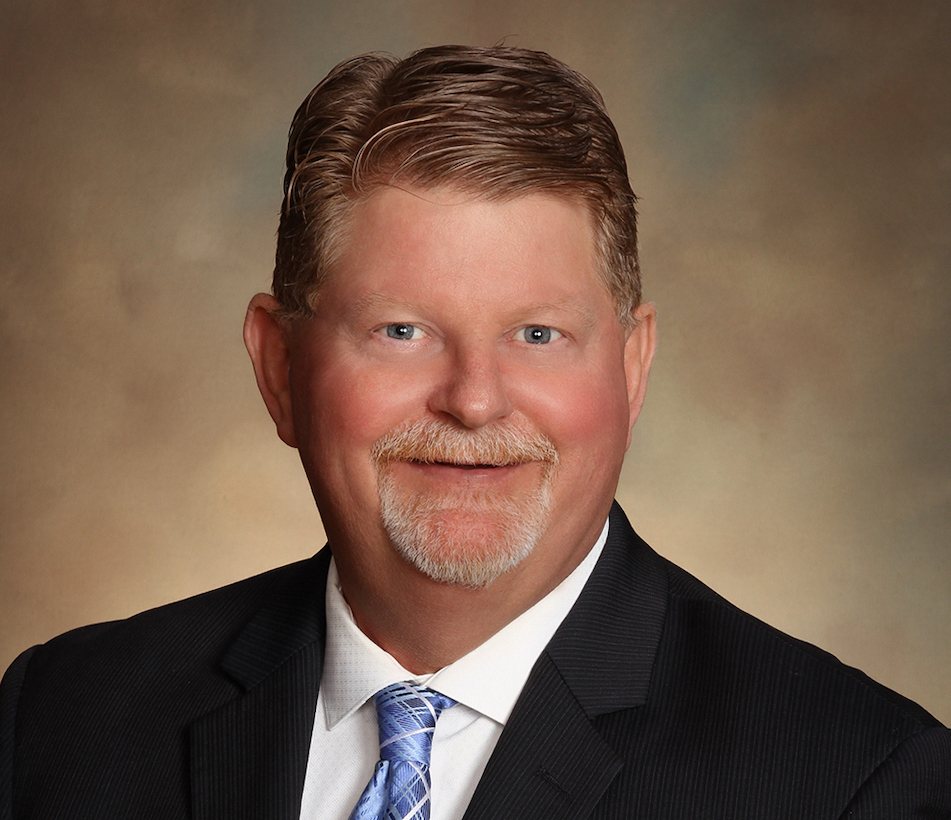Technology and research to improve Murfreesboro water standards in the future

The White House recently released a report on water and the challenges for the future. Climate change, population and competition for water are always noteworthy topics as they can directly hurt water resources.
The approach by the Obama Administration is two-fold and is outlined by the following:
- Boosting water sustainability and long-term water security by increasing use of water-efficient and -reuse technologies. By continuing to support efforts by our businesses, industries, and communities to make efficient use of water—especially in water-stressed regions—and through better management practices and technology, we have potential to considerably reduce water usage by 33 percent. This would bring us closer in line with other industrialized nations, and could reduce the nation’s total CO2 emissions by about 1.5 percent annually.
- Promoting and investing in breakthrough research and development (R&D) that will reduce the price, energy costs, and emissions requirements of new water supply technology to achieve “pipe parity” in the next decade. High costs currently prohibit most communities from turning non-traditional water sources like seawater or brackish water into fresh water. Through new ambitious technical targets for cost-competitive new supplies of water from nontraditional sources, we can reach “pipe parity,” meaning costs equal to those from current processes for delivering fresh water. The technical targets include reducing the cost by four times, reducing electricity usage by three times, and reducing greenhouse gas (GHG) emissions by two times. (Source: gov)
While these initiatives are on the global level, there is always the question of how do global issues affect the life of people in towns such as Murfreesboro and Rutherford County water?
The U.S. has took great strides by putting in place water standards and developing technology. In Rutherford County, CUD has implemented technology that helps with leak detection and also practices that not only help with the water quality but also the use of water.
In the report, it outlines the federal government will help local communities with information and models to prepare for drought conditions and water efficiency. The plan is to have many of the initiatives by 2020-2030 to help with any stresses that may occur with water in the latter part of the century.
Water is always at the first part of an equation that drives electricity, transportation and other costs that you see daily but might not be aware. All in all, it is one of the greatest resources so research and technology are always important to keep the water world operating smoothly at national, state and local levels.
To download the full report, click here.

